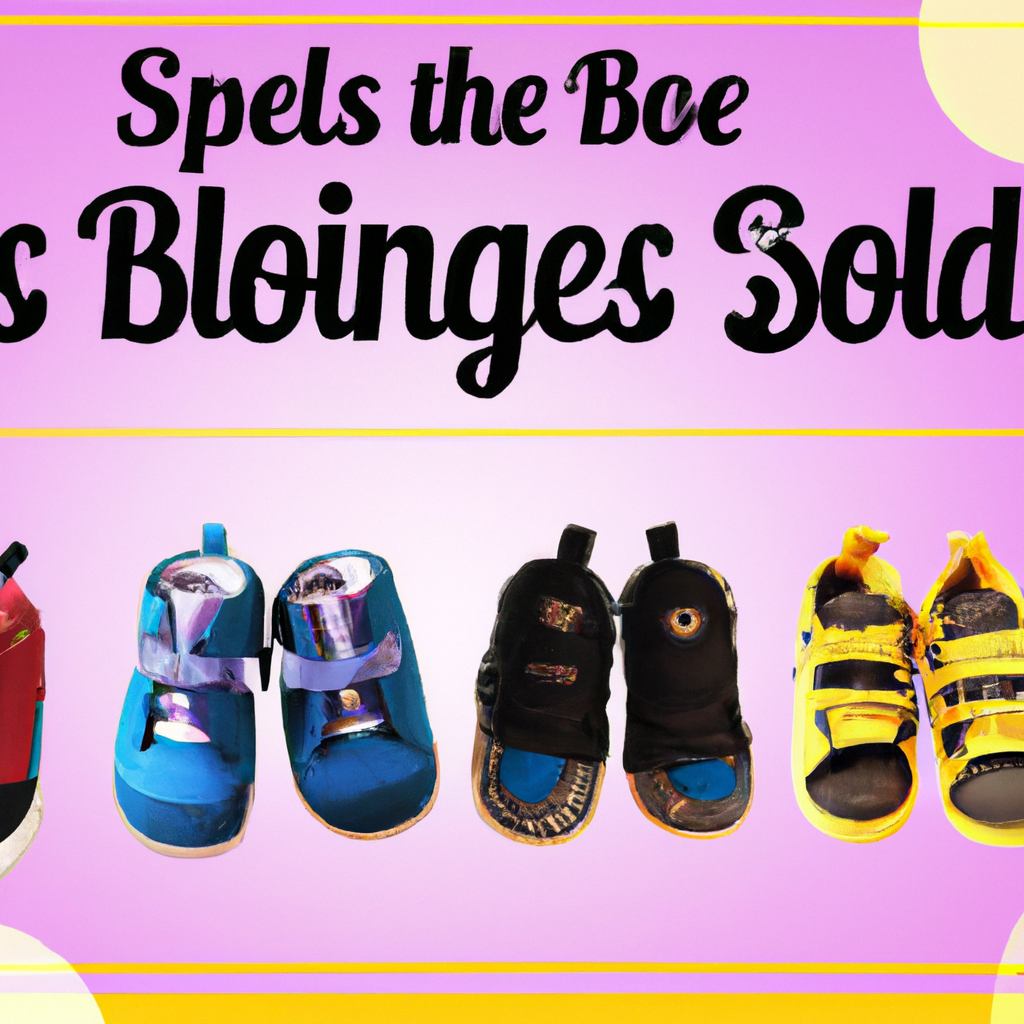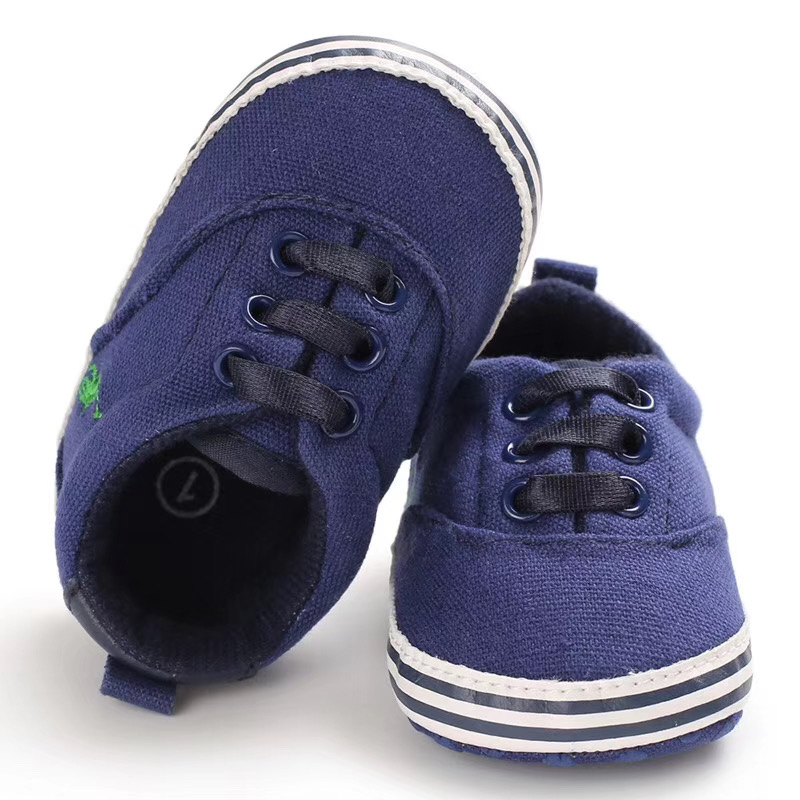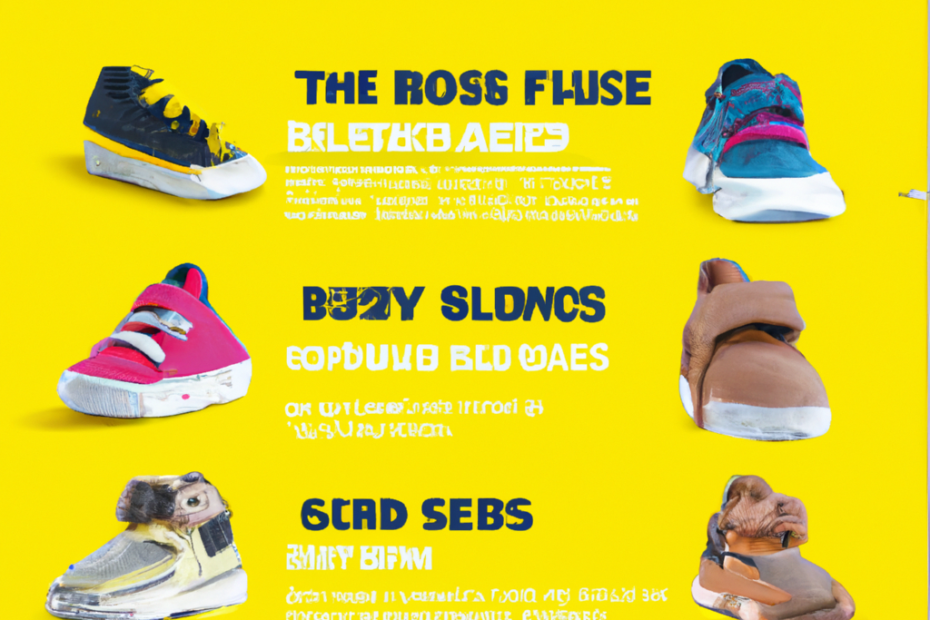Choosing the perfect pair of shoes for your 1-year-old boy is an exciting milestone. As your little one takes his first steps, the right footwear can support his tiny feet and promote healthy development. In this comprehensive guide, we’ll explore everything you need to know about baby shoes for 1-year-old boys, including types, features, brands, and tips to make the best choice for your child.
Why Proper Footwear Matters for 1-Year-Old Boys
At around one year old, many babies begin to stand, cruise, and walk independently. During this critical stage, their feet are rapidly developing, and proper footwear plays a significant role in ensuring comfort and supporting natural growth.
Supporting Foot Development
A baby’s foot is not just a miniature version of an adult foot. It’s composed of soft cartilage that gradually ossifies into bones. The right shoes can provide the necessary support without restricting movement, allowing the feet to develop naturally.

Ensuring Safety and Stability
As toddlers explore their surroundings, shoes with proper grip and traction help prevent slips and falls. This is especially important for outdoor adventures, where surfaces can be uneven or slippery.

Key Features to Look for in Baby Shoes
When shopping for baby shoes for your 1-year-old boy, consider the following essential features:

Flexible Soles
Shoes with flexible soles allow the foot to bend and move naturally. Avoid stiff soles that can hinder movement and affect balance.

Breathable Materials
Opt for shoes made from breathable materials like leather or mesh to keep your toddler’s feet cool and dry.

Proper Fit
A well-fitting shoe should have enough room for the toes to wiggle but not so much that the foot slides inside. Measure your child’s feet regularly, as they can grow rapidly at this age.

Easy Closure Systems
Velcro straps, elastic laces, or adjustable buckles make it easy to put on and take off the shoes while ensuring a secure fit.

Top Baby Shoe Brands for 1-Year-Old Boys
The market is filled with brands offering quality baby shoes. Here are some reputable brands popular among parents in the USA:
| Brand | Key Features | Price Range | Pros | Cons |
|---|---|---|---|---|
| Stride Rite | Flexible soles, wide range of styles | $30 – $50 | Quality materials, supportive designs | Higher price point |
| Robeez | Soft soles, slip-on styles | $25 – $40 | Great for early walkers, breathable | Not ideal for rough outdoor surfaces |
| pediped | Arch support, flexible soles | $35 – $60 | Podiatrist-approved, durable | Limited availability in some areas |
| Carter’s | Affordable, trendy designs | $15 – $30 | Budget-friendly, widely available | Soles may be less flexible |
Types of Baby Shoes for 1-Year-Old Boys
Understanding the different types of baby shoes can help you select the best pair for your child’s needs:
Soft Sole Shoes
Ideal for indoor use and early walkers, soft sole shoes mimic barefoot walking, allowing toes to grip the floor. Brands like Robeez specialize in soft sole options.
Hard Sole Shoes
Once your child is walking confidently outdoors, hard sole shoes provide more protection against rough surfaces. Look for options with flexible yet sturdy soles.
Sneakers
Lightweight sneakers with breathable materials are perfect for active toddlers. They offer support and can handle various activities.
Sandals
For warmer climates or seasons, sandals keep feet cool while providing necessary support. Ensure they have closed toes to protect little feet.
How to Measure Your Child’s Feet
Proper sizing is crucial. Here’s a simple method to measure your 1-year-old’s feet at home:
- Have your child stand on a piece of paper.
- Mark the heel and the longest toe with a pencil.
- Measure the distance between the two marks in inches or centimeters.
- Refer to the brand’s sizing chart to find the correct size.
Tips for Trying on Baby Shoes
When trying on shoes, consider the following tips:
- Have your child wear the same type of socks they will wear with the shoes.
- Check for a thumb’s width of space between the toe and the end of the shoe.
- Observe your child walking to ensure the shoes don’t slip off or cause discomfort.
Cultural Considerations in the USA
In the USA, there’s a growing emphasis on foot health from an early age. Many parents seek out shoes that are not only stylish but also promote healthy development. Brands often collaborate with pediatricians to design shoes that meet these needs.
Environment-Friendly Choices
Eco-conscious parents may prefer brands that use sustainable materials. Companies like pediped offer eco-friendly options without compromising on quality.
Supporting Local Businesses
Shopping from local boutiques or American-made brands supports the economy and often provides access to unique styles.
Common Mistakes to Avoid
When buying baby shoes, avoid these common pitfalls:
Buying Shoes Too Far in Advance
Children’s feet grow rapidly. Buying shoes for future use may result in shoes that don’t fit when the time comes.
Choosing Style Over Function
While adorable designs are tempting, prioritize function and comfort to support your child’s foot health.
Caring for Your Toddler’s Shoes
Proper care extends the life of the shoes:
- Clean regularly with a damp cloth to remove dirt.
- Air out shoes to prevent odors and bacterial growth.
- Check for wear and tear, replacing shoes as needed.
Frequently Asked Questions (FAQs)
1. How often should I replace my 1-year-old’s shoes?
Children’s feet can grow a half size every two to three months. Check the fit regularly and replace shoes when they become too snug.
2. Are hand-me-down shoes acceptable for toddlers?
While budget-friendly, used shoes may have molded to another child’s foot and could affect fit and support. It’s best to buy new shoes for proper development.
3. Should my toddler wear shoes indoors?
Allowing your child to go barefoot or wear socks indoors can strengthen foot muscles. Reserve shoes for outdoor use or unstable surfaces.
4. What materials are best for baby shoes?
Natural materials like leather or canvas are breathable and flexible, making them ideal for baby shoes.
5. How can I tell if the shoes are too small?
Signs include red marks on the feet, your child curling their toes, or reluctance to wear the shoes. Regularly check for proper fit.
Resources for Parents
For more information on children’s foot health and shoe selection, consider these resources:
- American Orthopaedic Foot & Ankle Society – Children’s Shoes (PDF)
- American Academy of Pediatrics – The Young Child’s Foot (PDF)
- American Podiatric Medical Association
Conclusion
Selecting the right shoes for your 1-year-old boy is a crucial step in supporting his development and ensuring comfort as he explores the world. By focusing on fit, flexibility, and appropriate materials, you can find footwear that meets his needs. Remember to measure his feet regularly, prioritize function over fashion, and enjoy this exciting stage of his growth.
